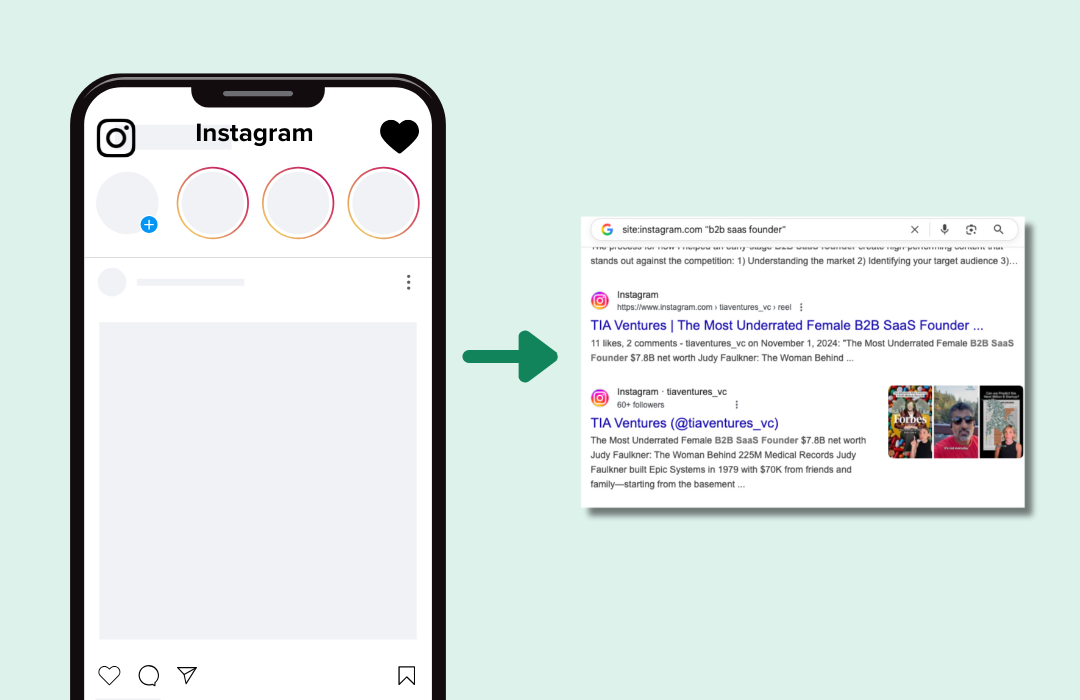Inside Sales Managers are getting too hung up looking for the perfect sales cadence formula — the perfect combination and spacing of phone/voicemail + phone/no voicemail + email + social touch that will generate results.
They’re driving themselves crazy, stressing out over finding the best outbound sales cadence, especially when the sales numbers aren’t meeting expectations.
Unfortunately they’re searching in vain because the simple fact is, IT DOES NOT EXIST.
There is no perfect sales cadence, but luckily there are two ways to improve the cadence you already have to make things simple, effective, and less stressful.
Both focus on output rather than spacing, and I’ll share them with you in this article.
Replace Sales Cadence Stress with Simplicity
Customer engagement tools such as Outreach, SalesLoft, and Xant (formerly InsideSales) equip managers and directors of inside sales teams to set up customized outbound sales cadences for their SDRs, BDRs, and ISRs to follow.
The best outbound sales cadences focus on action steps based around spacing, and will generally look something like this:
Day 1: CALL/VOICEMAIL/EMAIL #1
DAY 2: EMAIL #2
DAY 3: CALL/NO VOICEMAIL
DAY 5: EMAIL #3
As you can see, the primary factor for any sales cadence is action. The power behind a customer engagement platform is that it creates consistent action that drives a deal forward.
But many inside sales managers have lost sight of the reason a sales cadence works — the more at-bats you have, the higher chance you will have at hitting the ball. Because of that, they’ve become obsessed with finding the perfect sales cadence.
Pretending that prospects will conform and buy if a sales rep calls at this time and emails this many days after their last phone call, voicemail, email, or social touch is delusional at best. It sets you and your team up for failure.
There are too many factors that come into play when designing your sales cadence — which means there’s no universal “best outbound sales cadence” that will work across the board.
The fact is, the answer isn’t in the spacing, it’s output.
Here are two real-world, proven, old-school cadences that will work hand-in-hand with your customer engagement tools.
Outbound Sales Cadence Example #1
The first one is simple…
Sales reps have 60 days to make significant progress with a lead or account. If they can’t, another sales rep can take the lead over on the 61st day.
This system was created by the best sales manager I ever had. I was working for duPont Registry as an inside sales rep, cold calling luxury auto dealers.
The goal was to get the GM on the phone and convince them to have their inventory listed on the duPont Registry website (think AutoTrader for the high-end market).
Once a sales rep had a lead in their name, the clock was ticking. They had 60-days to move the needle significantly, or another sales rep could take the lead over and put it in their name. Then, the new rep had 60 days to do the same.
I love several things about this format…
It places the urgency on the sales reps, not the manager.
It creates accountability. Soft sales reps will not survive this type of environment, and only the strong will survive. Don’t you want the strongest team possible to win out over your competition?
It’s easy to manage. CRM’s such as SalesForce easily state the facts with time-stamped data-entry. Furthermore, if the sales rep did not enter their last conversation, their 60-day window passed, and another sales rep took over the account and closed it, too bad.
Outbound Sales Cadence Example #2
Back in the day, when I first got into inside sales, I worked for a company that advertised in PC Magazine. The leads would come via a card deck that the prospect mailed to us with their information.
The company would take those card decks, enter the lead info, and then print them out on an 8.5 x 11 sheet of paper — two columns, five leads per column.
We had 80+ inside sales reps who would walk over to the table, grab a few sheets of paper (leads), go back to their desk, and start dialing.
RELATED: Effective Cold Calling: 3 Tips to Avoid 3 Crucial Mistakes
It didn’t take long to realize that leads were duplicated randomly throughout the sheets of paper on an ongoing basis.
A common theme the sales reps would hear (loudly) from prospects is, “How many times are you people going to call me?”
This happened even if it was the first time a salesperson called that particular prospect — so we knew the company was recycling leads.
From a business perspective, it was brilliant. (Keep in mind this is before CRM existed to the level it does today.) Essentially, prospects were getting called until they answered the phone.
It was the ultimate cadence: volume.
So how do you combine what worked in the past (volume) and maximize its effectiveness with today’s customer engagement tools to get the best results without stressing about the perfect cadence?
Here’s how…
Your Best Outbound Sales Cadence + Volume
Essentially, instead of focusing primarily on spacing, focus on volume.
Step one: The sales leads are pre-screened and qualified to be considered prospects. It is essential only to put leads that match the ICP (Ideal Customer Profile) into your cadence.
Step two: Once you have a list of pre-qualified leads, rather than focusing on the timing of each touch, concentrate on rotation.
For example, lead #1 gets called. If you get voicemail, leave (or auto-drop) your voicemail message, send your email, and call the next lead on the list. The first lead then gets dropped to the end of the line.
So, if you have 500 leads on your targeted list, the first lead becomes number 500, the second lead now becomes the first lead, and so on.
To continue the baseball analogy, you’re the pitcher, and you are cycling through the lineup.
Keep in mind, as sales calls are made:
- Once a prospect becomes a client, they need to be taken out of the lead list.
- Some prospects won’t want to be called again.
- Some leads may be interested but the timing isn’t right, so a follow-up call at a later date will be needed.
This means the lead list will have natural attrition, and this is why it will be essential to research and build a robust, pre-qualified list to get started. Then, once a week, schedule time to “prospect” and add in new leads to replace the leads that get removed.
This type of sales cadence puts the focus on what matters most: volume. And it removes the headaches of trying to create or find the perfect formula (spoiler alert, there is none).
Bringing It All Together
The beauty of these methods lies in their simplicity. They’re old-school tactics combined with modern tech and tools to create a brutally effective, simple, robust sales strategy.
But it gets better.
Combine the first example of the “60-day progress rule” with the rotation cadence strategy, and watch your sales numbers go up with little to no extra work from you or your reps.







